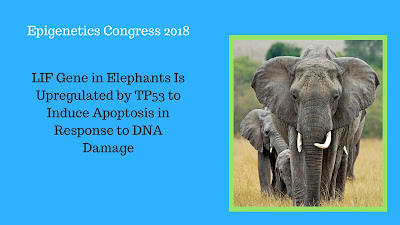Histone Modification Landscape Pristine

Recycling represents one in every of the foremost necessary ways to keep the earth clean and green for generations to come back. Used paper, metal, and plastic and alternative different detritus typically encounter the second use, however, will we have a tendency to recycle the histone proteins that facilitate to package our DNA and maintain cell-type-specific transcriptional programs? A lean, clean, and green team led by Anja Groth (University of Copenhagen, Denmark) couldn´t let such a tantalizing question goes to “waste”, and then they developed a brand new genome-wide technique (ChOR-seq) to investigate chromatin occupancy after DNA replication by next-generation sequencing. ChOR-seq tracks usage of “old” histones and directly measures the replication-dependent displacement of pre-existing histone modifications by using a combination of pulse labeling of replicating DNA with a nucleotide analog and also the data that recentl...













